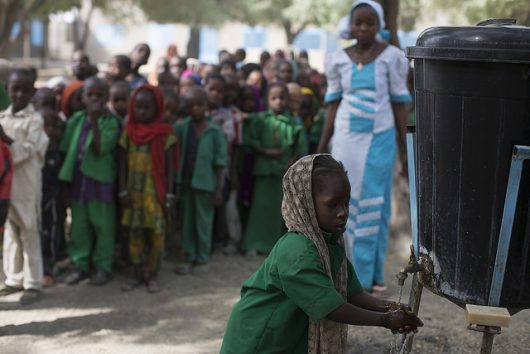
Countries surrounding Lake Chad in Central Africa are facing staggering levels of poverty. In addition to ecological challenges, violence stirred up by the terrorist organization Boko Haram in northeastern Nigeria has begun to affect other nations in the region — notably Chad, Cameroon and Niger — causing detrimental consequences on food and livelihood security.
How the Region’s Citizens Are Being Affected
Due to ongoing challenges in Lake Chad, the United Nations has found that 10.7 million people are in need of assistance, seven million are food insecure and 515,000 children are suffering from severe acute malnutrition. According to the Operational Inter-Sector Working Group, the upcoming June-to-August rainy season in the Lake Chad region will leave 536,000 people vulnerable in Northeast Nigeria.
Areas of Concern for Ongoing Challenges in Lake Chad
- Once the third-largest source of freshwater in Africa, satellite images show that the lake has vanished to roughly 10 percent of its original size, putting millions from Chad, Cameroon, Niger and Nigeria at risk of losing their main source of water. In the 1960s, populations surrounding Lake Chad, which was then home to over 130 species of fish, enjoyed a level of food security.But decreasing water levels from the overuse of water, prolonged drought and global warming are forcing local populations to switch from fishing to agricultural production. “This is not only a humanitarian crisis, but it is also an ecological one,” Food and Agriculture Organization Director -General Graziano da Silva said at a media briefing in Rome in early 2017.
- Currently, armed fighting is a staple of the region. In Northeast Nigeria, the ongoing conflict with Boko Haram, a jihadist militant organization, will severely hurt cultivation in peak seasons in 2018. According to the Armed Conflict Location & Event Data Project, there was a 25 percent increase in the number of fatal conflict events in 2017 compared to the years 2013–2016 in this region. Households are highly dependent on emergency assistance from humanitarian aid agencies and deteriorating living conditions have led to population displacement.In addition, some areas are facing additional conflicts. There were 323 protection incidents reported on 84 sites in the Chad Lake region between January and April 2018, including violations of the right to property, violations of the right to life and physical integrity and sexual violence, according to the U.N. Office for the Coordination of Humanitarian Affairs.
- Food prices are well above average and are much higher than what is sustainable for those making low wages. Concern is higher in the summer “lean season,” when income is lowest and food prices are highest before harvest begins.Although humanitarian aid organizations are providing supplies, USAID reports that more needs to be done to eradicate acute food insecurity. USAID estimates that in the Adamawa State region in Nigeria, response needs are likely much higher than the organization is able to reach.
How Challenges Are Being Addressed
The Food and Agriculture Organization of the United Nations is working heavily to mitigate ongoing challenges in Lake Chad, creating a response action plan for 2017–2019 which targets Niger, Nigeria, Cameroon and Chad. To assist nearly three million people, the Food and Agriculture Organization is in the process of implementing programs include providing livestock emergency support (restocking vaccinations and animal feed), supporting food production and rehabilitating infrastructure to bolster production.
Next, there seems to be mutual understanding among countries in the region of the urgency of action. In February 2018 in Abuja, the Lake Chad Basin region commission along with the Nigerian government and UNESCO held a conference called, “Saving Lake Chad to restore its basin’s ecosystem for sustainable development, security and livelihoods.”
Finally, USAID’s Famine Early Warning Systems Network seeks to meet the needs of the most vulnerable. In April 2018, 2.25 million people in the northeast area of Nigeria received food assistance from the organization.
Ongoing challenges in Lake Chad, including the disappearance of Lake Chad, civil conflict driven by Boko Haram and limited access to foodstuff, have pushed thousands into poverty. Keeping these issues in mind, humanitarian aid organizations are working to mitigate and reverse the impacts of decades of damage.
– Isabel Bysiewicz
Photo: Flickr
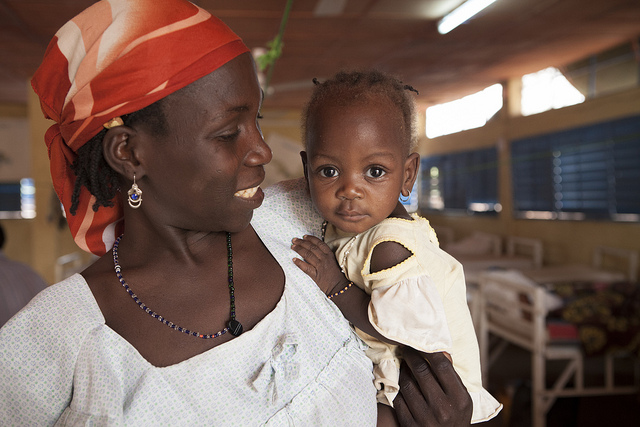 Women living in Niger face great adversity due to a lack of education, a prevalence in child marriages, and challenges stemming from conflict. Fortunately, many women are taking steps to ensure a better future for their daughters.
Women living in Niger face great adversity due to a lack of education, a prevalence in child marriages, and challenges stemming from conflict. Fortunately, many women are taking steps to ensure a better future for their daughters.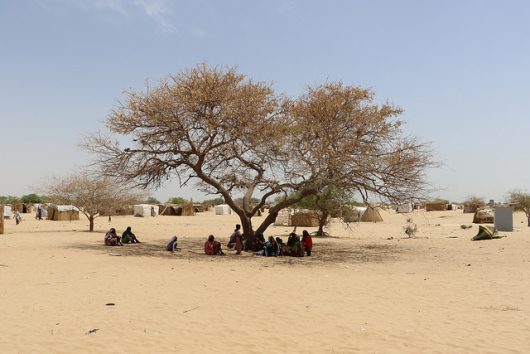 Since 2015, Niger has been subject to attacks by jihadist group Boko Haram. In 2016, Niger launched a new political initiative: a de-radicalization and
Since 2015, Niger has been subject to attacks by jihadist group Boko Haram. In 2016, Niger launched a new political initiative: a de-radicalization and  Earlier this month, Nobel Peace Prize laureate
Earlier this month, Nobel Peace Prize laureate 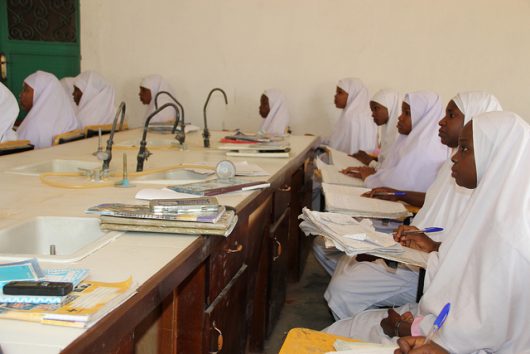
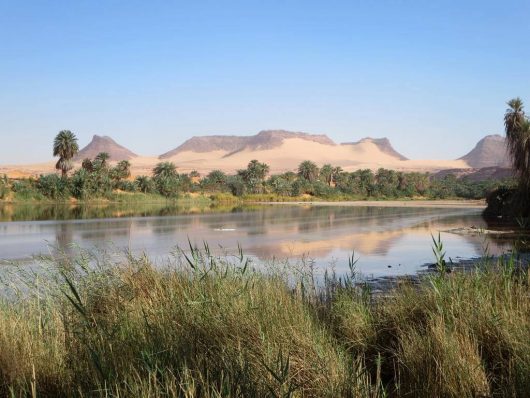
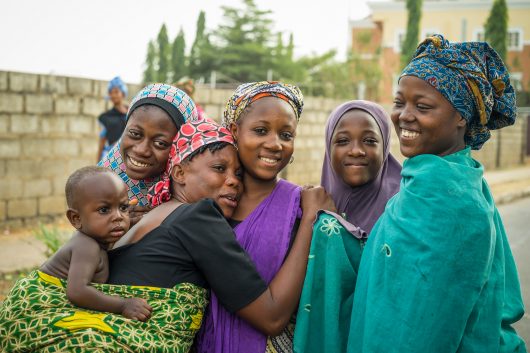
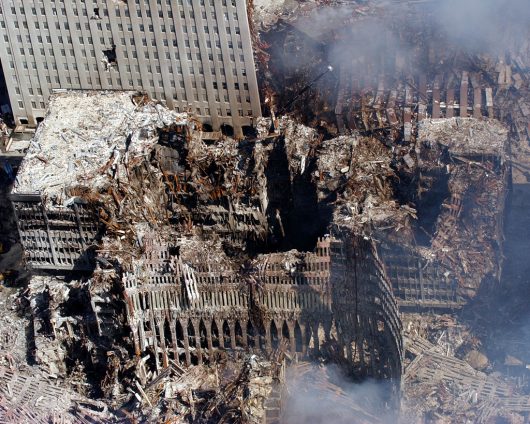

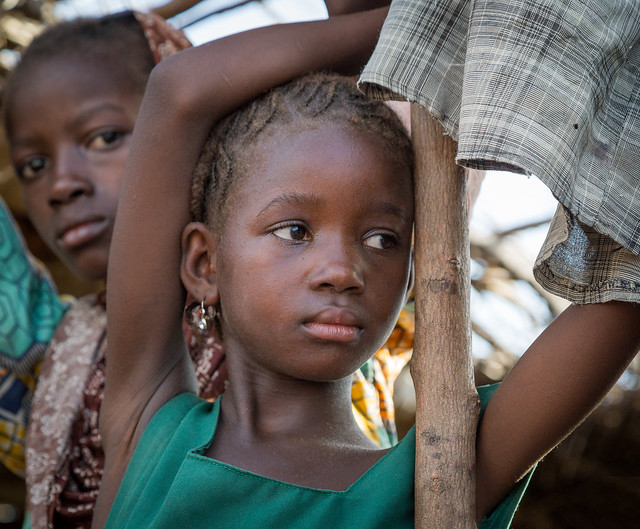 After assessing areas of the country previously cut off from foreign assistance by Boko Haram, the U.N. released a statement on July 1, declaring that 50,000 children in northern Nigeria stand to die from undernourishment and hunger in Nigeria if left untreated.
After assessing areas of the country previously cut off from foreign assistance by Boko Haram, the U.N. released a statement on July 1, declaring that 50,000 children in northern Nigeria stand to die from undernourishment and hunger in Nigeria if left untreated.